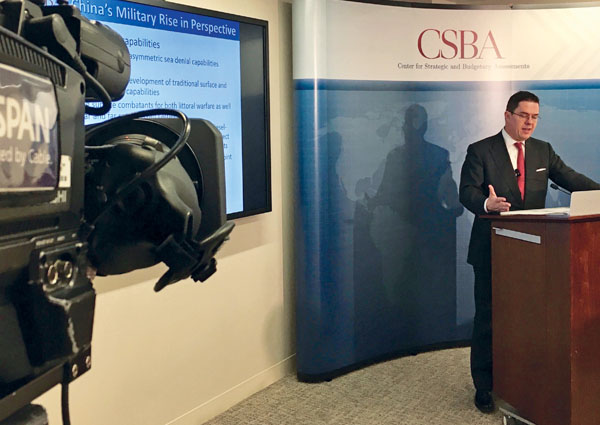
With some of the world’s largest economies, most vital sea lanes, and closest U.S. allies, the Asia-Pacific Region is quickly becoming centrally important to today’s international system.
It is also home to the first new great power of the twenty-first century: the People’s Republic of China. Managing China’s rise will not be easy. In recent years, Beijing has been modernizing its military forces, acting more assertively, and raising the risk of escalation, especially with respect to territorial disputes throughout its near seas.
In Reinforcing the Front Line: U.S. Defense Strategy and the Rise of China, CSBA Senior Fellow, Evan Montgomery outlines the key elements of a U.S. defense strategy for the region—one that is based on the enduring grand strategy of global leadership and engagement, but also recognizes the new challenges posed by China’s growing military power.
To date, Washington’s preferred option in critical regions like East Asia can be described broadly as “forward defense”: preparing to counter threats when and where they materialize rather than responding directly long after aggression has occurred or responding indirectly by imposing costs in other theaters. By clearly and credibly signaling that the United States will oppose an adversary’s aims and come to the assistance of its allies, forward defense has underpinned both deterrence and assurance—and, as a result, has underwritten stability in the regions where it matters most. Looking ahead, forward defense remains the best approach for the United States in the Asia-Pacific.




























